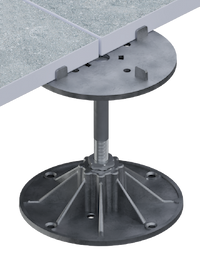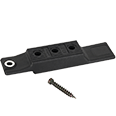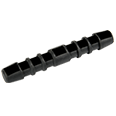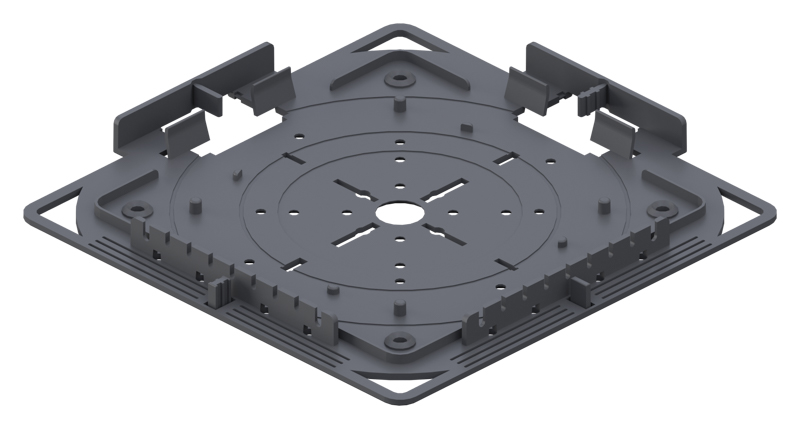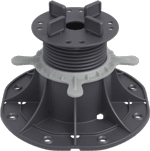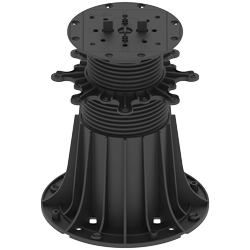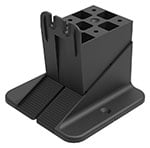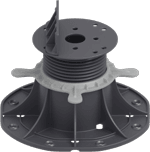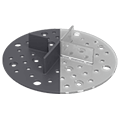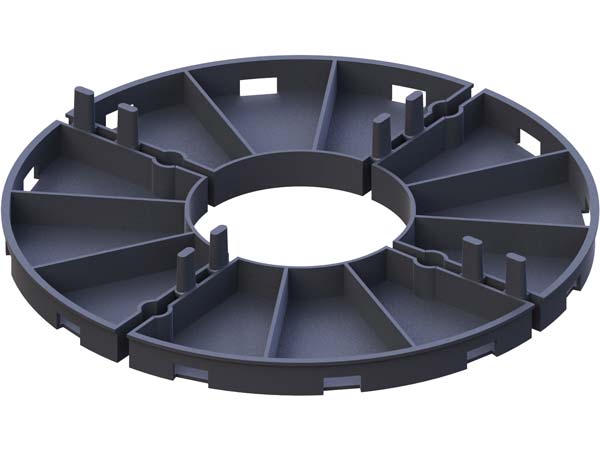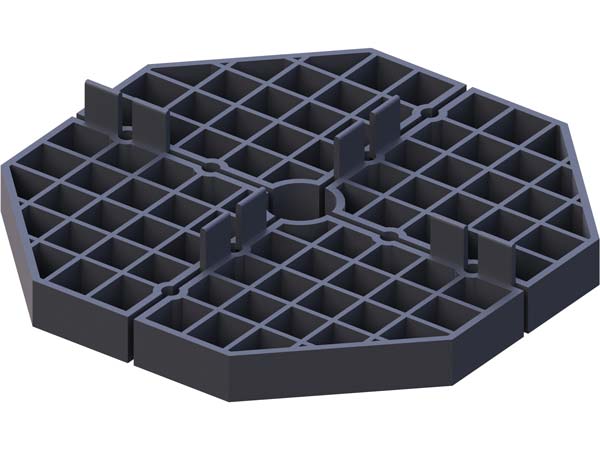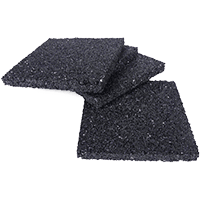When laying pavers on adjustable pedestals, wind uplift considerations are important to ensure the stability and longevity of the paved surface. Wind can exert significant pressure on elevated pavers, potentially causing them to shift or even dislodge if proper precautions are not taken. Here are some considerations to keep in mind:
1. Pedestal Selection: Choose adjustable pedestals specifically designed to withstand wind uplift forces. Look for pedestals that have been tested and certified to meet or exceed the wind uplift requirements for the project. Our MAX pedestal series has the option of mounting plates with a special locking device to prevent the plates from floating.
2. Pedestal Spacing and Layout: Proper spacing and layout of pedestals play a crucial role in preventing wind uplift. Ensure that the pedestals are installed at regular intervals and are adequately spaced to evenly distribute the load of the pavers.
3. Pedestal Height: The height of the pedestals should be determined based on the anticipated wind uplift forces in the area. Higher wind zones will require taller pedestals to provide sufficient support and resist uplift. Consult with a structural engineer or refer to local building codes for guidance.
4. Paver Weight and Size: Select pavers that are heavy enough to resist wind uplift. Heavier pavers are less likely to be lifted by strong winds. Additionally, larger pavers with more surface area in contact with the pedestals will provide greater stability.
5. Interlocking Pavers: Consider using interlocking pavers that can be locked together tightly. Interlocking pavers create a unified surface, reducing the risk of individual pavers being lifted by wind.
6. Edge Restraints: Install edge restraints along the perimeter of the paved area to secure the pavers and prevent them from shifting under wind pressure. These can be made of metal, concrete, or other suitable materials.
7. Proper Installation: Ensure that the pavers are correctly installed according to manufacturer guidelines. Use appropriate adhesive or jointing materials to enhance the bond between the pavers and prevent movement due to wind uplift.
8. Maintenance: Regularly inspect the paved surface for any signs of movement or damage caused by wind. Promptly repair any loose or dislodged pavers to maintain the structural integrity of the installation.
Remember, wind uplift forces can vary depending on the location and the specific project requirements. It's always a good idea to consult with a structural engineer or a professional with experience in paver installations to assess the specific wind uplift risks and determine the most appropriate design and installation techniques for your project.
Presented information is for general information and is a set of good practices. They cannot be the basis for claims or warranties against the manufacturer.




